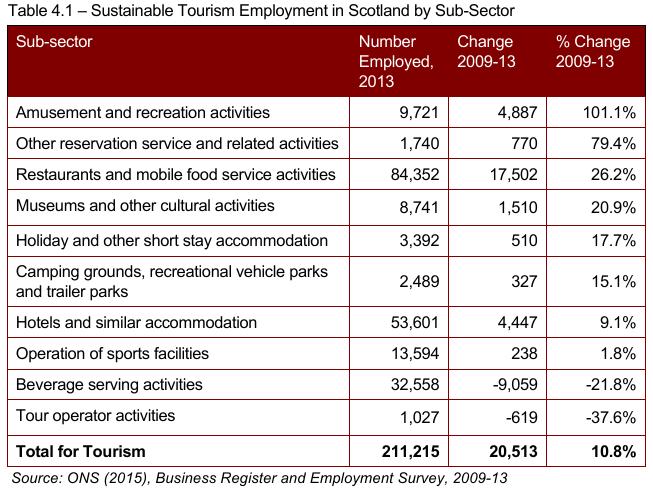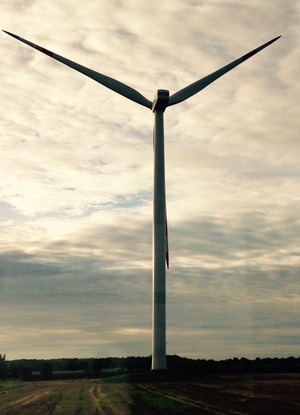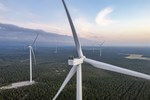News Release from windfair.net
Wind Industry Profile of
What impact do wind turbines have on tourism?
With no support of the local population it is impossible to build new wind farms nowadays. And few communities still dance with joy at the prospect of putting turbines directly in front of their own doors. Quite the contrary: in regions that are highly dependent on tourism, wind farms are often rejected on the grounds that a wind farm supposedly deters tourists. But, is that true? Until now, few studies have intensively dealt with the topic.
A remedy for this is a study of Biggar Economics from Scotland. There has been a veritable wind energy boom in the country in recent years: The installed capacity has increased from 2 gigawatts in 2009 to 4.9 gigawatts in 2014 which is an increase of 121 percent. However, the number of employees in the sustainable tourism segment has also grown over the same period by more than 10 percent.

In most areas, the number of employees in the tourism sector increased (Source: Biggar Economics)
Considering the Scottish economy as a whole, this would suggest that both the sustainable tourism as well as onshore wind can actually coexist and grow next to each other. The authors of the study have, however, gone even further and have looked closer to the local authorities where in its immediate vicinity a wind farm was built. Do the turbines have an impact on local tourism in small communities, especially in the countryside, where many residents work directly in tourism?
In most areas of Scotland the number of employees has risen in the sector of sustainable tourism in the studied period from 2009 to 2013. However, onshore wind energy in some windy regions has grown stronger than in others. Therefore, only the regions were used for the study, where in direct vicinity the increase in installed wind power capacity was the greatest.
 Eight local authorities had seen a faster increase in wind energy deployment than the Scottish average. Of these, five also saw a larger increase in sustainable tourism employment than the Scottish average, while only three saw less growth than the Scottish average. But taking a closer look at the results again in the immediate neighbourhood of the individual wind farms, there are significant differences that can not be explained solely by the construction of turbines.
Eight local authorities had seen a faster increase in wind energy deployment than the Scottish average. Of these, five also saw a larger increase in sustainable tourism employment than the Scottish average, while only three saw less growth than the Scottish average. But taking a closer look at the results again in the immediate neighbourhood of the individual wind farms, there are significant differences that can not be explained solely by the construction of turbines.
For this reason, the study concludes that there is no link between the construction of wind farms and the number of employees in the tourism sector in each region. The factors are both diverse and can not be identified through wind energy alone. So if the number of tourists decreases in a region on the east coast of Scotland, it might not only be due to the turbines that can be seen sticking out between the hills. It might also have something to do with the fact that Donald Trump runs a golf course in the neighbourhood.
The study is available here.

























